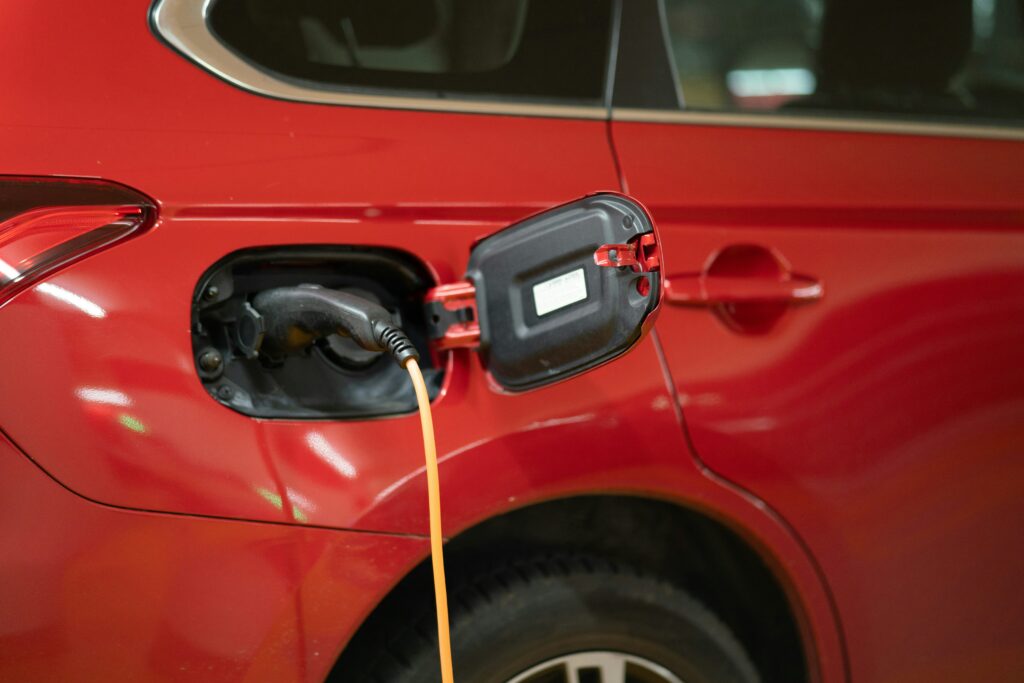
Welcome to the second part of our series, debunking common myths about electric vehicles (EVs). As EV technology continues to evolve, so does the conversation around their impact, capabilities, and role in our everyday lives.
In this follow-up, we dive deeper into the misconceptions about EV performance, safety, and future alternatives. By addressing these lingering doubts, we aim to shed light on the true potential of EVs and clear the path toward a more sustainable transportation future.
EVs Are Unreliable and Break Down More Often Than Conventional Cars
EVs have fewer moving parts than internal combustion engine (ICE) vehicles—no engine oil, fewer fluids, and simpler transmissions—making them less prone to mechanical failures. According to a study by Consumer Reports, EVs have lower maintenance costs, with fewer breakdowns and service needs overall.
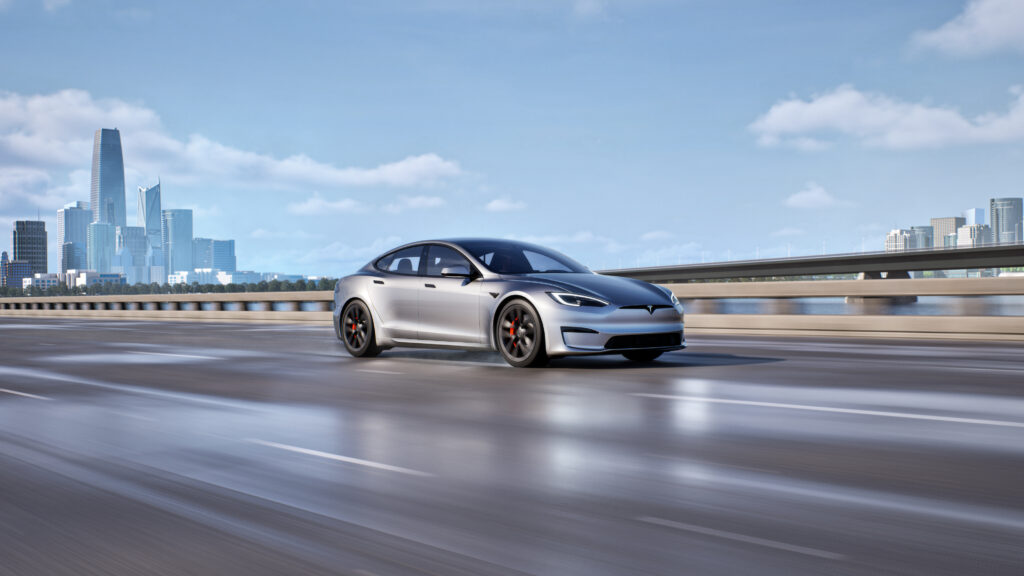
Tesla’s (TSLA) vehicles, for example, have only 17 or 18 moving parts in their powertrains compared to hundreds in a conventional engine. This streamlined design translates to greater reliability, with fewer components likely to wear out over time.
EVs Are Much More Expensive Than ICE Cars, Making Them Impractical
While the initial cost of EVs can be higher, they are increasingly cost-effective over their lifetime due to lower fuel costs, fewer maintenance needs, and available incentives. Many governments offer tax credits or rebates for EV buyers, which can significantly reduce the initial cost.
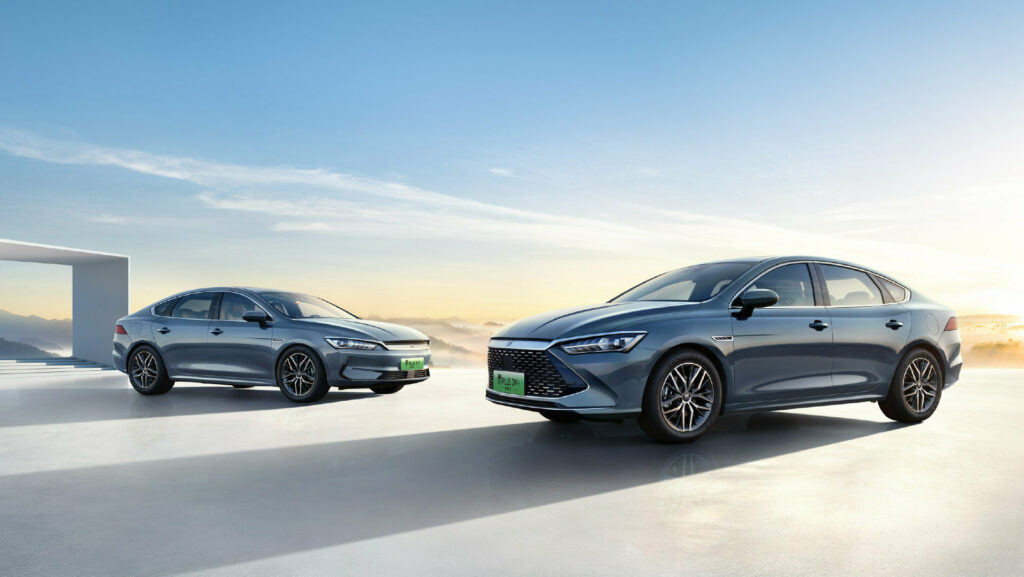
Additionally, the total cost of ownership (TCO) of an EV is often lower than that of an ICE vehicle. A 2021 report from Bloomberg New Energy Finance found that EVs could reach upfront cost parity with ICE vehicles by 2025 in many segments, while studies from the Rocky Mountain Institute indicate that EVs are already less expensive to own over a five-year period in many regions due to maintenance and fuel savings.
EVs Have Short Driving Ranges That Don’t Meet Everyday Travel Needs
Modern EVs typically offer a range between 200 and 300 miles, which is sufficient for most drivers’ daily needs. Studies show that the average daily driving distance is around 30 miles in the U.S. and 20 miles in Europe, which an EV can easily handle.
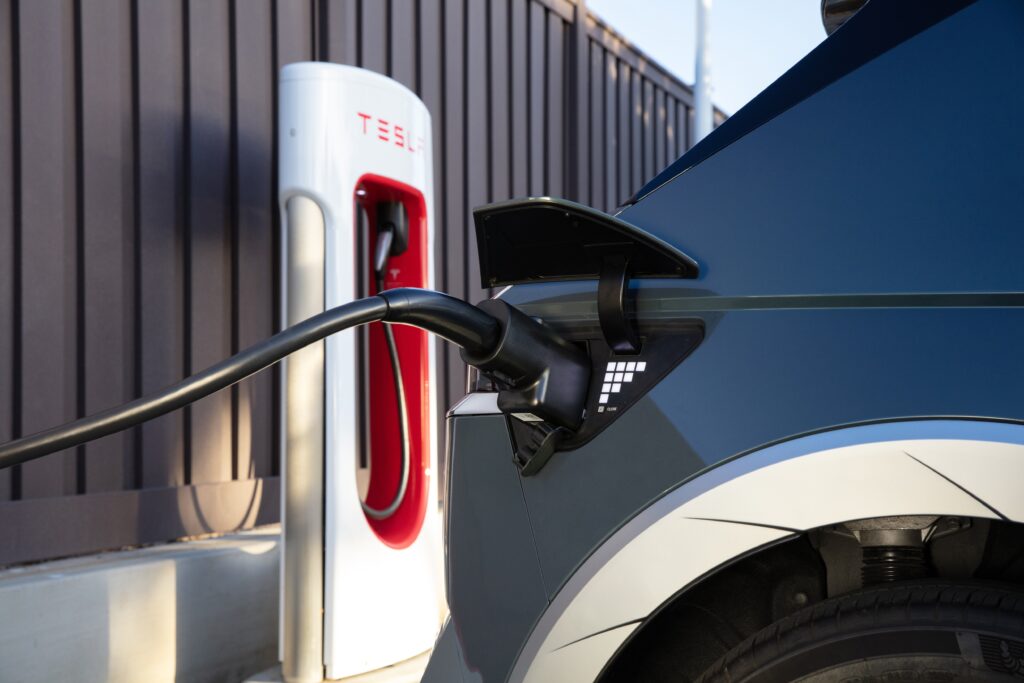
Rapid improvements in battery technology, coupled with the expansion of public charging networks, have further eased range anxiety. Companies like Tesla and Lucid Motors (LCID) are pushing EV ranges above 400 miles, and ultra-fast chargers now allow for convenient recharging during longer trips, making EVs more versatile for various travel needs.
EVs Are Dangerous and Can Explode, Unlike ICE Cars
EVs are subject to rigorous safety standards, including crash tests and fire resistance tests, and the chances of an EV battery fire are minimal. According to the National Fire Protection Association (NFPA), EVs have a lower rate of fires than ICE vehicles. Additionally, automakers are continuously improving battery management systems and thermal control to prevent overheating.
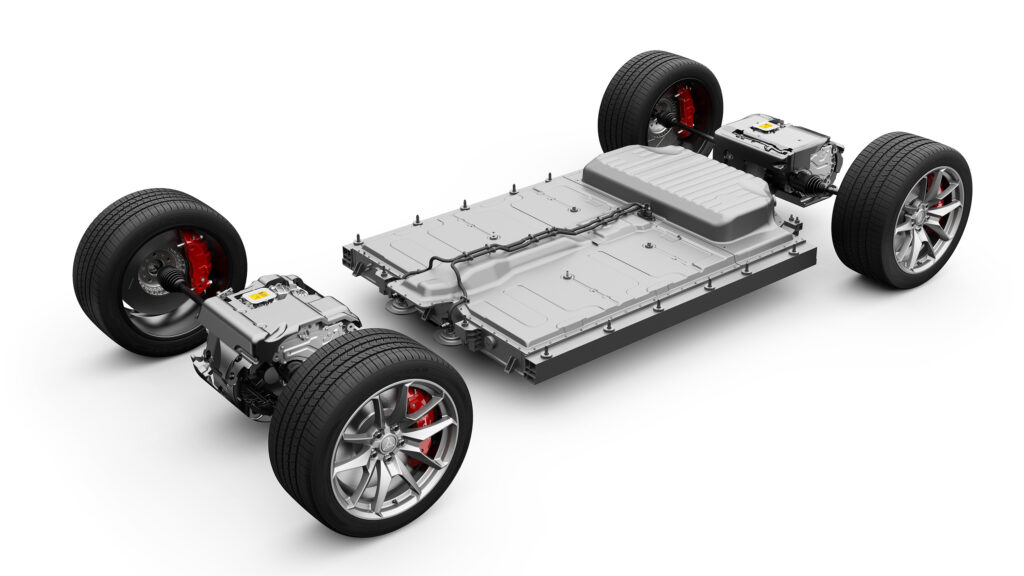
EVs must meet strict safety guidelines, and many are equipped with battery insulation and cooling systems to reduce fire risks even further. Studies from Norway, where a large percentage of vehicles are electric, show that EVs are five times less likely to catch fire than traditional vehicles.
Electric Cars Can’t Tow or Lack Sufficient Towing Capacity
Electric motors generate instant torque, making EVs highly capable when it comes to towing. Several models, like the Tesla Model X, Rivian (RIVN) R1T, and Ford (F) F-150 Lightning, have competitive towing capacities—up to 10,000 pounds in some cases. While towing does reduce the range of an EV, this effect is similar to the increased fuel consumption seen in ICE vehicles when towing.

For everyday towing needs, such as hauling trailers or boats, many EVs are already well-equipped, and future models promise even better towing capabilities as battery density and vehicle designs evolve.
EVs Are Harmful to Roads Due to Their Weight
EVs are generally heavier than ICE cars due to battery weight, but studies show that typical passenger EVs do not cause significant road damage. According to research from the UK’s Department for Transport, road wear is primarily a concern with heavy trucks, not passenger vehicles, whether ICE or electric.
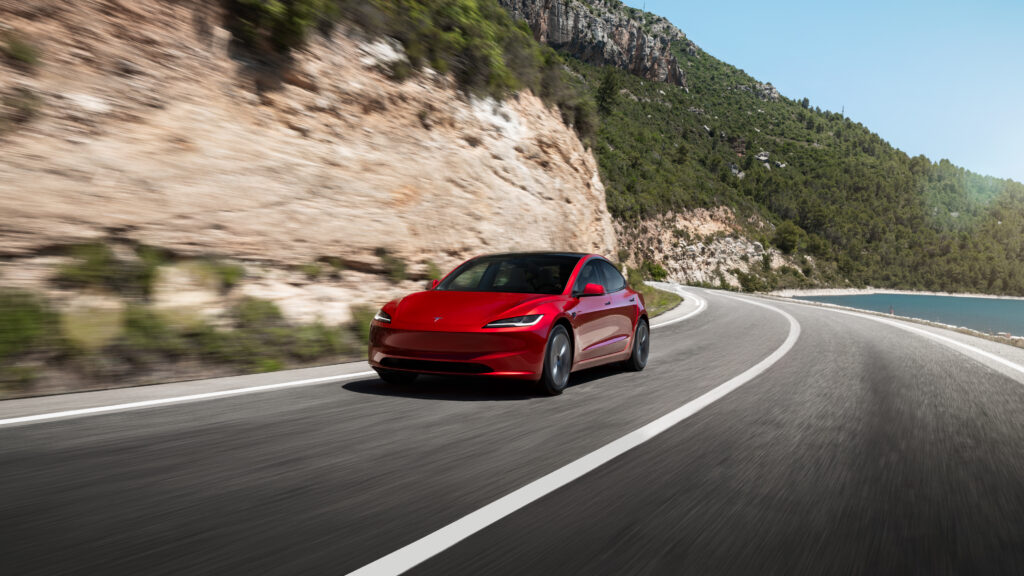
Passenger EVs, like the Tesla Model 3 or Nissan (NSANY) Leaf, weigh similar to larger ICE sedans or SUVs and don’t pose an unusual threat to road infrastructure. As battery technology advances, batteries are also becoming lighter, further reducing any potential impact on roads.
EVs Are Challenging or “Weird” to Drive for Those Used to ICE Vehicles
The driving experience in an EV is often simpler and quieter than that of an ICE car, thanks to instant torque and regenerative braking. Many drivers find EVs intuitive and easy to operate, with features like single-pedal driving making them more convenient.
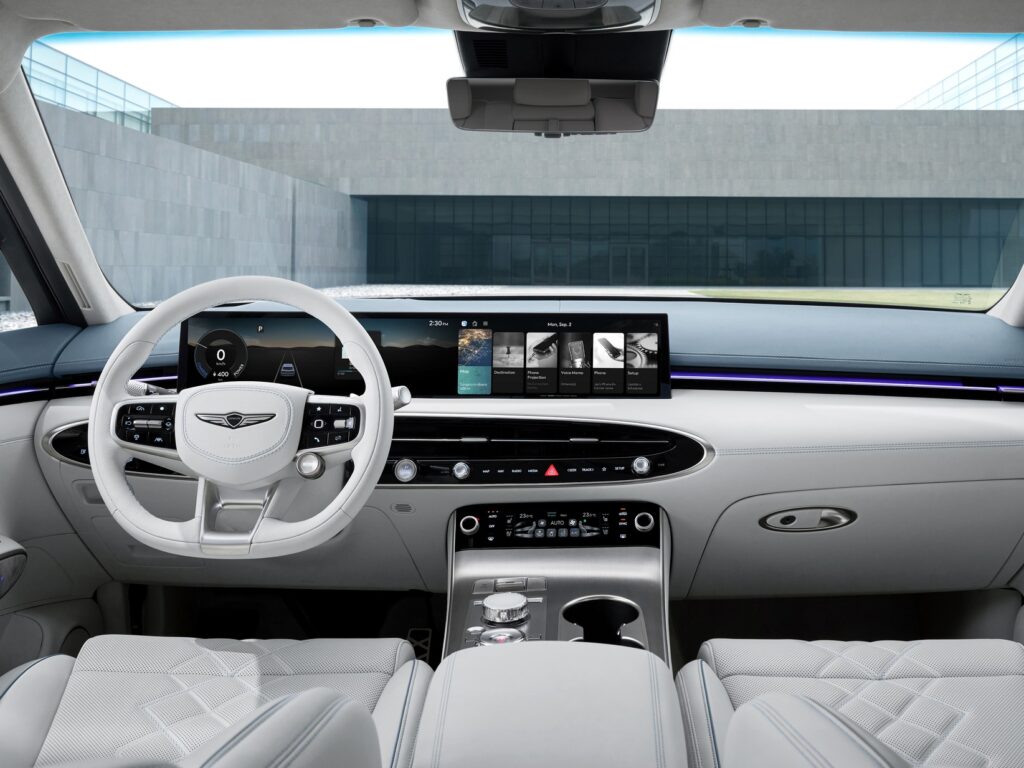
Regenerative braking allows drivers to decelerate without using the brake pedal in certain conditions, providing a smoother driving experience and helping conserve battery power. A recent J.D. Power study found that new EV drivers often report high satisfaction due to the vehicle’s responsiveness, debunking the myth that EVs are difficult or unusual to drive.
You Can Be Electrocuted When Driving an EV in the Rain
EVs are rigorously tested to meet safety standards, including those for wet conditions. Battery packs are enclosed in watertight casings, and components are protected to prevent electrical hazards in rain or puddles.

Standards set by organizations like the Society of Automotive Engineers (SAE) and the National Highway Traffic Safety Administration (NHTSA) ensure that EVs are safe to drive in all weather conditions. There is no increased risk of electrocution in rain, and extensive testing confirms that EVs are as safe as ICE vehicles in wet environments.
EVs Are Too Quiet, Making Them Dangerous for Pedestrians
EVs are quiet because they lack traditional engines, but to address pedestrian safety concerns, most modern EVs emit artificial sounds at low speeds. Regulations in the EU, U.S., and other regions require EVs to make audible noises below certain speeds to alert pedestrians.
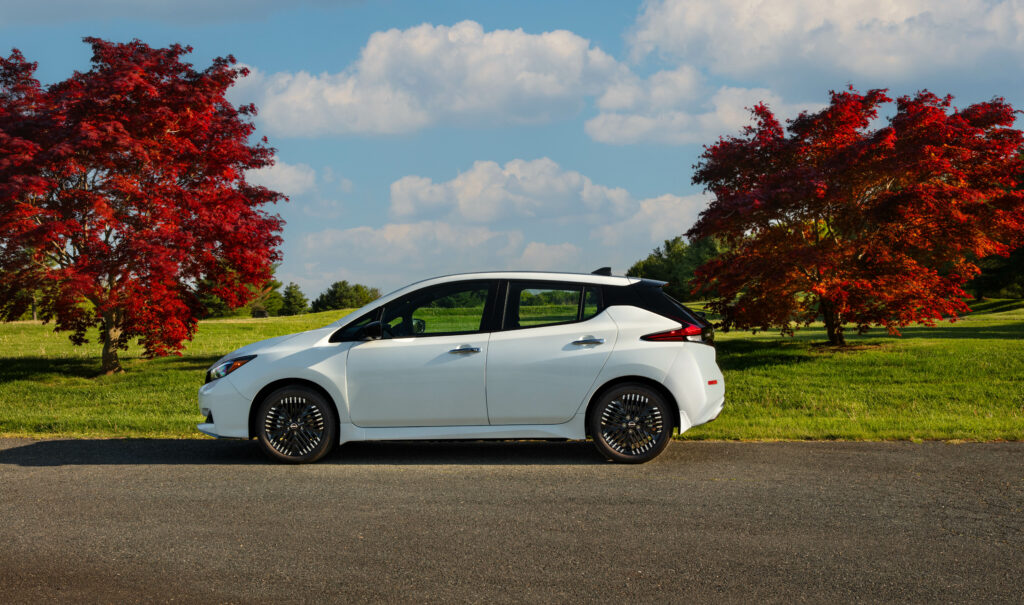
Many EV manufacturers, such as Nissan and Audi, have developed distinctive sounds for their vehicles, helping ensure they are heard in high-traffic areas or near crosswalks. Studies on pedestrian safety have shown that these sounds are effective in reducing potential hazards.
EV Batteries Don’t Last Long Enough, Making Them Impractical for Long-Term Use
Modern EV batteries are designed to last well beyond 150,000 miles, often outlasting the vehicle itself. Most EV manufacturers offer warranties of eight years or up to 100,000 miles, and studies by companies like Recurrent Auto show that EV batteries typically retain 70-90% of their capacity after eight years of use.

Improvements in battery technology, such as solid-state batteries, are expected to increase longevity even further, making EVs increasingly viable for long-term use. Data from high-mileage EVs like the Tesla Model S shows minimal capacity loss even after hundreds of thousands of miles.
Synthetic Fuels Are a Viable Alternative That Will Replace EVs
While synthetic fuels could play a role in sectors like aviation and shipping, they are not practical as a large-scale replacement for EVs in personal vehicles. Producing synthetic fuels is energy-intensive and expensive, making it inefficient for widespread use.

According to the International Energy Agency (IEA), synthetic fuels would require several times more electricity to produce compared to the energy needed to charge EVs. For everyday transport, EVs are more efficient and environmentally friendly, whereas synthetic fuels are better suited for harder-to-electrify sectors.
Hydrogen Vehicles Are More Sustainable Than EVs
While hydrogen fuel cells offer benefits in specific industries, they are not as energy-efficient for personal vehicles as EVs. Producing green hydrogen, the only sustainable form, is both expensive and energy-intensive.
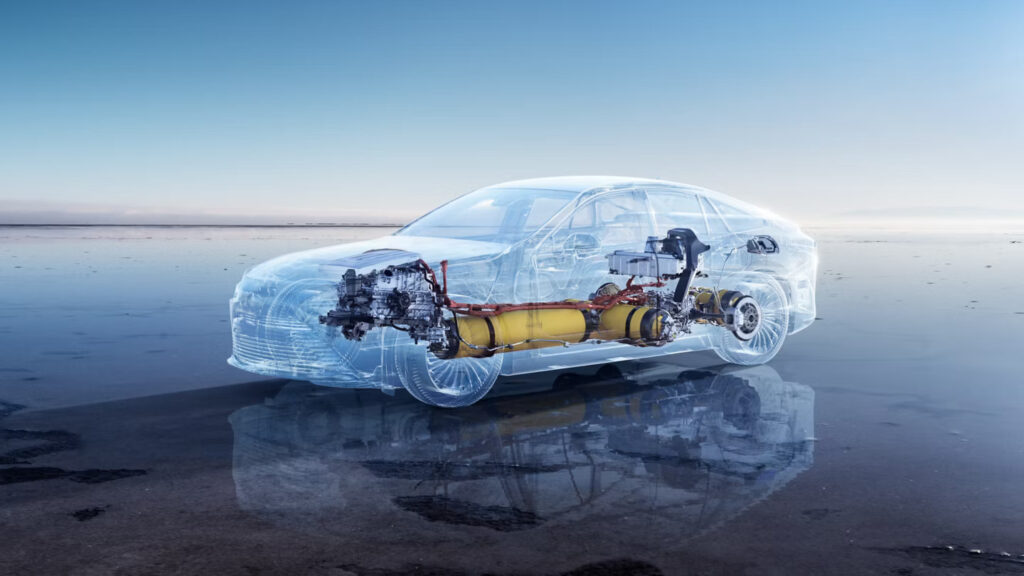
According to the U.S. Department of Energy, EVs are up to three times more efficient than hydrogen fuel cells, which lose energy during the hydrogen production and fuel cell conversion processes. Hydrogen may still play a key role in heavy transport and shipping, but due to cost and efficiency barriers, it is unlikely to replace EVs for personal transport.
Driving Forward with Facts, Again
As we wrap up this exploration of EV myths, it’s clear that many of the concerns surrounding electric vehicles are based on outdated information or misunderstandings. The reality is that EVs are not only advancing rapidly in technology and affordability but they are also poised to play a crucial role in reducing emissions and enhancing driving experiences.
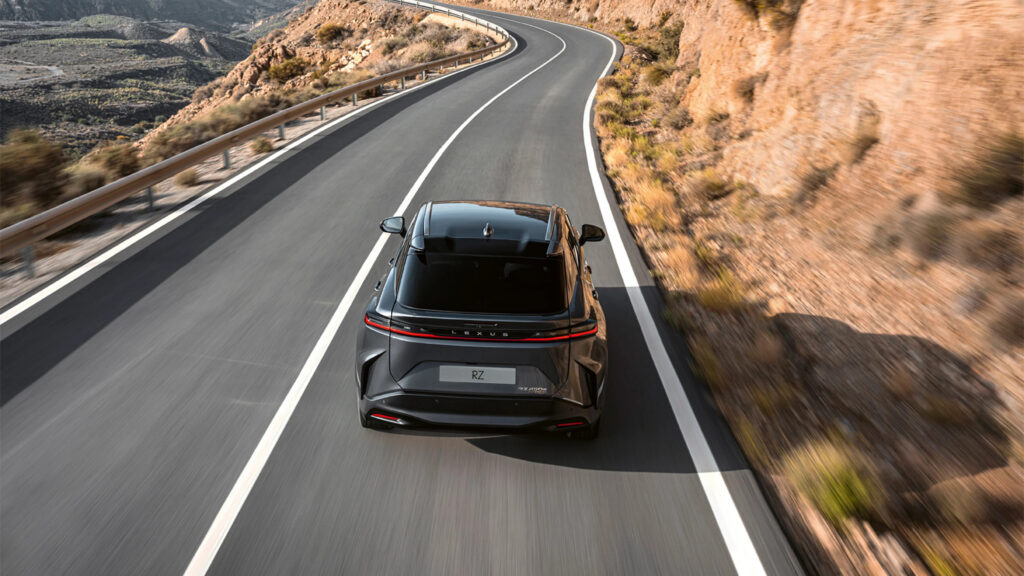
By dispelling these myths, we can move forward with confidence, embracing the benefits of electric vehicles while staying informed about ongoing developments in this exciting shift toward greener transportation.





Infrastructure in California does not meet the needs of ever increasing numbers of EVs. Long waits at electrify america. 20 cars in line for 5 chargers. Making travel on holidays impossible to drive from San Francisco to Los Angeles. No keeping up on the numbers of chargers over the three years owning VW id4 EV in California. Only Tesla has appropriate installations of chargers.